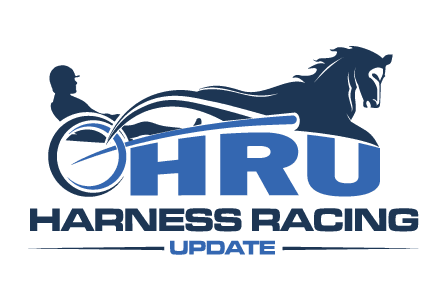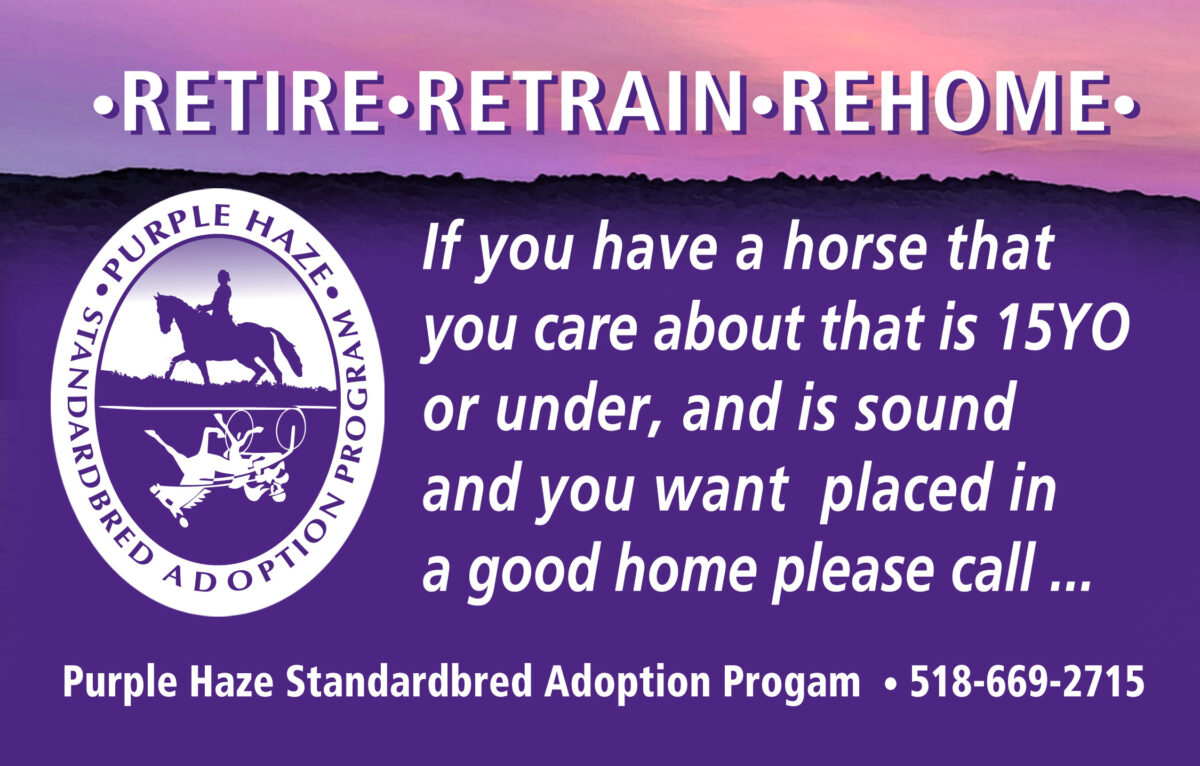Heats and a dead-heat Hambletonian met with ambivalence in the Empire State
by Frank Cotolo
The first Hambletonian I witnessed live was the first time I visited The Meadowlands since reporting on the track’s opening a few years back for an ill-fated New York newspaper (see here). While working for TIMES: in harness, the entire staff parked in the Pegasus Restaurant to dine and schmooze with industry figures during the sport’s historic race card — and to cover the international event for the magazine.
It was two decades since I became a harness racing fan thanks to Off Track Betting (OTB) in New York City and the Stan Bergstein television show Racing From Yonkers and Roosevelt. Becoming enamored with following and wagering on harness racing in 1970s’ Brooklyn were in no way lessons in the history of the sport. There was nil interest in any aspect of the sport that did not take place in Yonkers or Roosevelt. Adding The Meadowlands — where the only way to bet on racing there was to show up in person — did not inspire urges to read Jim Harrison’s Care And Training Of The Trotter And Pacer. Nope.
New York City OTB harness fans were indifferent about the sport. For OTB participants harness racing was nothing more than the local means of legal gambling taking place after the thoroughbred races were over for the day; the Hambletonian meant no more to them than the results of the ninth-race triple any night at Yonkers or Roosevelt raceways.
The Meadowlands changed many harness racing bettors from the five boroughs. The two-turn track and introduction of new horsemen and nearness of the gargantuan structure, which increased the New Jersey track’s attendance and handle due to the vast population of the nearby state showing up for “action,” could not help but inform New Yorkers they did not have dibs on the sport.
In 1989, The Meadowlands hosted the 64th Hambletonian. I was there after a decade away from the East Coast and a plethora of experiences educating me about the history and business of standardbred racing; enough to land me a job covering it for a brand-spanking new magazine funded by major horse owners for veteran publisher David Dolezal and with contents in the hands of stalwart sports journalist Ron Reed.
In the midst of industry ilk, I had to be the most ignorant about standardbred racing’s main event. I was aware of the history concerning its namesake trotter Hambletonian but on the dumb side about the race itself. Since leaving New York City I became well acquainted over the years with harness activity in California and on both coasts of Canada but next to nothing about its most prestigious event.
That day Reed gave me a crash course on Hambletonian heritage in exchange for tutoring him about productive betting. We would share prosperous evenings betting the thoroughbreds at Penn National Racecourse before his untimely death.
As journalists the weeks leading up to the race promised good copy while it offered a duel between a pair of champions: the colt Valley Victory and the filly Peace Corps. Their meeting promised a lot of great stories.
But the dynamic duel never happened. Valley Victory got sick and did not enter into the race. The press was left to focus upon Peace Corps aiming for her 18th- and 19th-straight victories. All she had to do was defeat the soph colts Valley Victory reigned over all season. Yeah, that is all she had to do.
“I think it’s best we just cover the race for the magazine and forget betting the heats or the final,” I said.
“I dunno,” Ron said.
I could not convince him. He bet on Peace Corp in the first heat. She finished third. Then he bet on her in the next heat. She finished second.
“What the hell,” Ron said as he passed wagering on the Probe and Park Avenue Joe race off. It became an insult to bettors when the two colts could not be separated at the finish line. The 64th Hambletonian delivered the only dead-heat in its history. And produced a minus pool. Those facts turned into the main story all of the trade magazines covered.
None of that mattered to the regular punters in the five New York City boroughs because OTB did not take bets from The Meadowlands. In the afternoon, the parlors were filled with their usual weekend thoroughbred bettors and the nights belonged to the pacers and trotters at Yonkers and Roosevelt and the usual suspects paced in and out with no regard to the greatness placed upon the 64th Hambletonian. Because those blokes just needed action after sundown, they would have wagered on anything that moved.

















